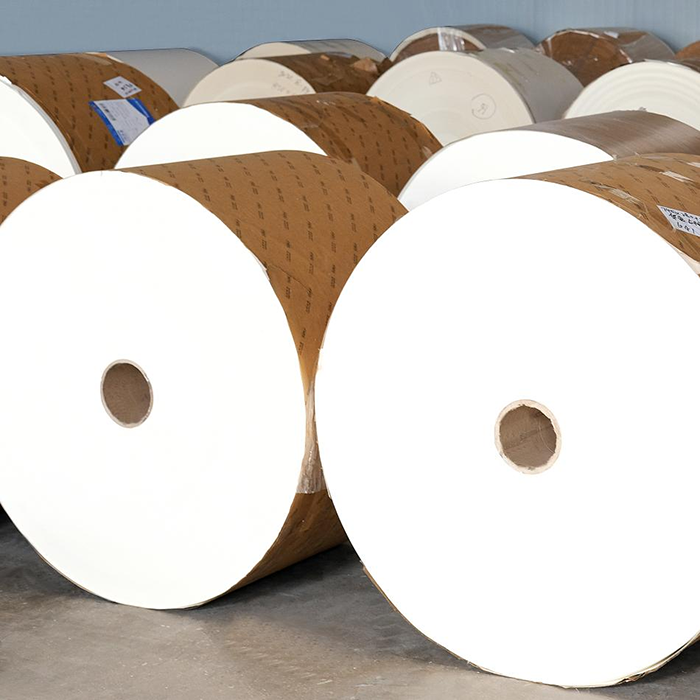Paper cup raw material is a specialized type of material used for manufacturing paper cups, typically processed from white cardboard made from chemical wood pulp.
Paper cup raw material is a substrate specifically designed for producing disposable paper cups. Its design and treatment must meet requirements for food safety, water and oil resistance, and formability.
The above are responses from two AI tools. In summary, paper cup raw material is a material specifically tailored for making paper cups, fulfilling product requirements such as food-grade safety, water resistance, and oil resistance. Key processing technologies focus on coating techniques:
- PE coating: The mainstream method, where polyethylene film (15–30μm thick) is laminated onto the paper surface via extrusion coating to provide waterproof and oil-resistant functions. Hot drink cups use high-density PE (withstands temperatures above 90°C), while cold drink cups use low-density PE.
- PLA coating: A biodegradable polylactic acid coating used for eco-friendly paper cups, withstanding temperatures up to approximately 50°C.
- Water-based coating: An emerging fluorine-free waterproof treatment that complies with stricter environmental standards.

Our company’s paper cup raw material utilizes PLA coating—PLA-laminated material, which produces PLA-coated paper cups. Compared to traditional paper cups, they are biodegradable, non-toxic, and safe for food contact. We recommend PLA-laminated material for customers seeking to purchase cup raw material.
eSUN PLA Coated Paper is produced using pure PLA raw materials, 100% bio-based with no additives. The product has obtained certifications including FDA, European DIN compostability, U.S. BPI, Australian ABA biodegradability, and food-grade compliance.
In daily life, PLA Coated Paper can be widely applied to produce various products such as cold/hot beverage cups, coffee cups, soup bowls, paper plates, food containers, and food packaging. It also meets packaging needs for cosmetics, electronics, medical, agricultural, industrial, and other sectors.